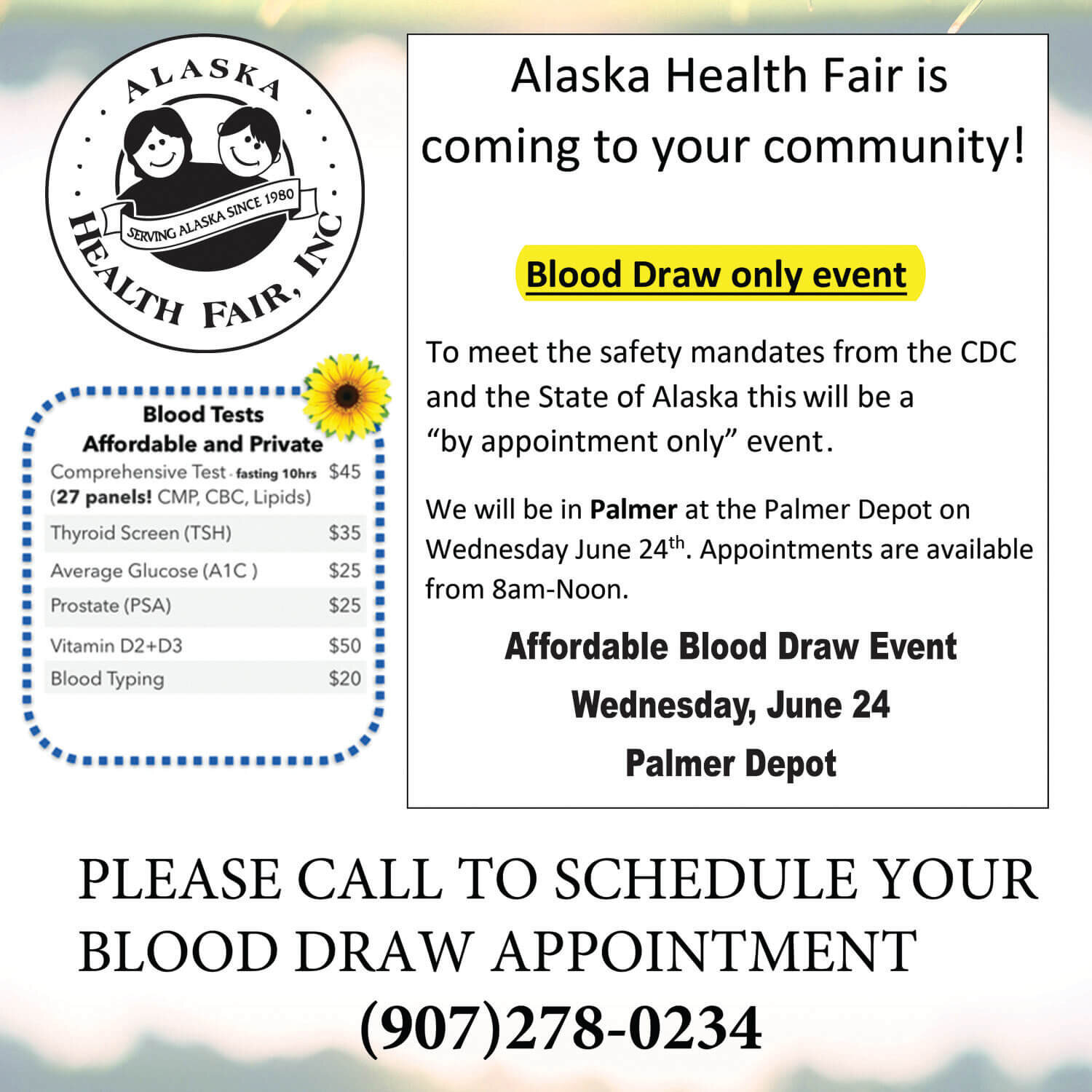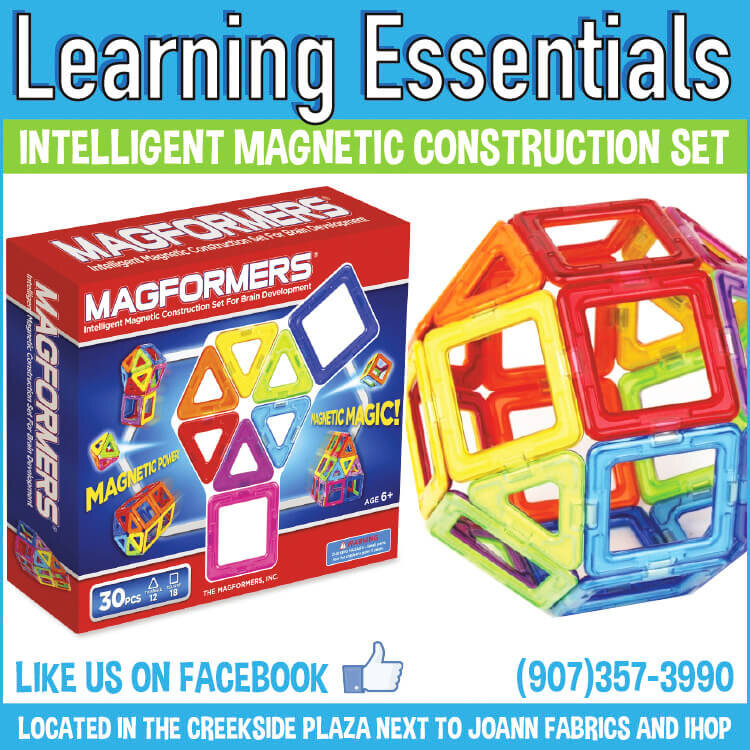Contributed by Angie Lewis
Dogs either seem to love to ride in a car or they hate it passionately. Nothing in between. For those dogs who love car rides, they can often express their excitement in a less than safe manner. If your pooch is unrestrained, he can become so excited by being in your car, that he paces back and forth, howling the song of the wild wolf all the while. This behavior can prove to be very distracting to the driver. To combat this behavior, take different routes to his favorite places, such as dog parks, trails or camping sites. Dogs are very smart and will often recognize the direction in which you are heading. Take your dog with you more frequently, especially for short errands, thereby confusing your dog’s knowledge of your destination.
Sometimes a dog will be fearful of car rides and demonstrates this fear by refusing to get in the car, drooling excessively, panting, yawning, whining, or shaking. If your dog really becomes upset, he may vomit or have diarrhea. You can make a car ride more pleasant for a dog by exposing him to being in a car from puppyhood on – have your dog become accustomed to being in a vehicle. Make car rides more fun by having frequent stops. Often, the only time a dog is in a car is when he is going to a vet or a boarding facility. Make sure your pooch goes to a variety of enjoyable places. That will help to remove any negative connotations that he might have with riding in a car. Once you arrive at your destination, have short play sessions or walk your dog briefly. If possible, bring along a friend who can help your dog to relax while you are driving. Use the same strategies for the ride home and then have another fun play session before rest time.
Some good advice for car rides with your dog are as follows:
Anxiety often leads to car sickness so make sure your dog’s stomach is empty or just allow for him to have a small amount of treats.
Create a safe space for your dog inside your car – this may be a crate. The crate can be placed in the back of the vehicle or on the back seat, depending on size restraints.
Be sure to use a safety restraint, but make certain that it has been crash-test certified.
If your dog becomes nauseous frequently, cover the crate with a dark blanket and use a lavender oil to help deal with nausea. Spray it around the car
If your dog’s fears of riding in a vehicle are extreme, consider using the help of a positive dog trainer to try and determine the cause of these fears. Remember that this is probably not going to be a quick fix and will take time to be successful. Now go for a ride with your pooch!
President of Alaska Animal Advocates
Palmer















































